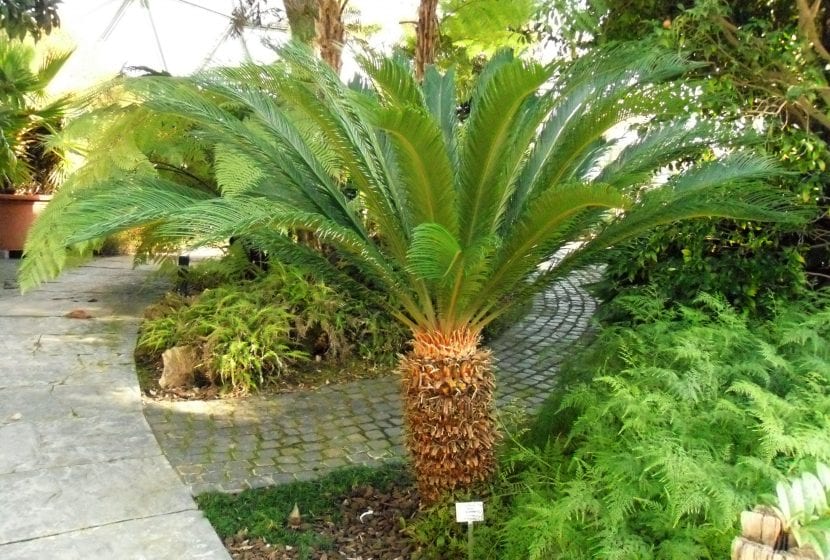
When we buy a plant from the greenhouse we have to bear in mind that the conditions it has lived with until now are different from those that it will find in our home or garden. Because of that, we have to do a number of things so that it can adapt as soon as possible and grow.
The acclimatization of plants is a very important process through which all those that we acquire must go through. And you have to do it well, little by little, so that they do not become dull.
Acclimatization to direct sun

Sometimes we acquire plants that need direct sunlight to have a good development, but having been in a greenhouse for a while, receiving care that has turned them into very beautiful plant beings, they do not "know" anything else. Therefore, when we put them in a sunny exhibition, their leaves immediately burn. Why? Because they lack acclimatization.
Achieving that goal is not easy or fast, but it is not impossible. In fact, you just have to be patient and follow this step by step to make them grow in the right environment:
- First month: during the first four weeks we will put the plant in a place protected from direct sun but in an area where a lot of light comes in from outside. In this corner there should be no drafts from the air conditioning, otherwise its leaves would be spoiled.
- Second month: now we will place it in an area where it gets sunlight for at least two hours in the early morning or afternoon. If we see that the leaves burn a little, we will reduce that time to one hour.
- Third month: we have to place it in an area where it gives 3-4 hours of direct light a day, either in the morning or in the afternoon. Starting the following month, you can give it the whole day.
Cold acclimatization
Accustoming a plant to the cold is not easy. Ideally, buy it at the beginning of spring and pay it regularly during spring and summer so that it arrives strong in autumn-winter. During the coldest months of the year, although we know that it is a species that resists frost well, it is highly recommended to protect it with greenhouse plastic or, at the very least, by putting a mulch on it so that its roots are protected.
In the case of indoor plants, during the colder months it is advisable to water with warm water and add a tablespoon of Nitrofoska every 15 days, but not to fertilize them, but rather so that the roots do not feel the low temperatures.

So your plants will grow wonderfully well sooner than you think.